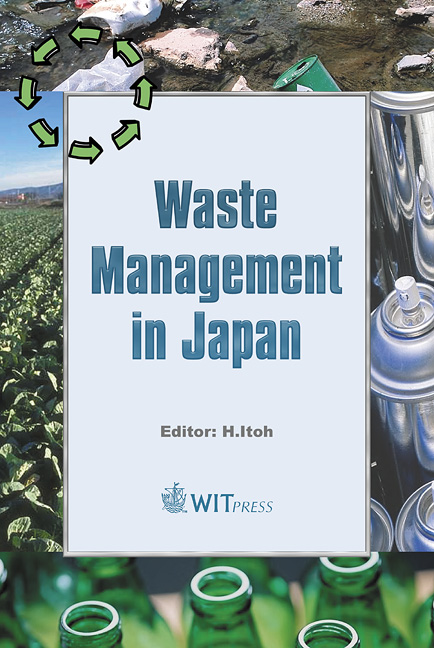Sorption Properties Of Activated Carbon Derived From Used Paper And Of Amorphous 2CaO.Al2O3 .2SiO2 From Paper Sludge Ash
Price
Free (open access)
Transaction
Volume
79
Pages
10
Published
2004
Size
313 kb
Paper DOI
10.2495/WMJ040061
Copyright
WIT Press
Author(s)
K. Okada, V. K. Jha, Y. Kameshima, A. Nakajima & K. J. D. MacKenzie
Abstract
Two materials with highly functional sorption properties were prepared from used paper and the paper sludge generated as a by-product of the process of paper production. Activated carbon can be prepared either by chemical activation using various chemical agents or by physical activation using steam. The chemically activated carbons show better porous properties than those obtained by physical activation. The activated carbon prepared using K2CO3 showed the highest specific surface area of about 1700 m2/g. This activated carbon showed very steep water vapour adsorption at 50 to 70% relative humidity with a maximum adsorption of >1000 ml/g. It also showed superior adsorption of methylene blue dye from solution. These adsorption properties make it a candidate material for humidity control and as a water purifying agent. An amorphous substance with 2CaO.Al2O3 .2SiO2 composition was prepared by mechanochemical and heat treatment of paper sludge at 500-800oC. Since these materials consist of three components with different chemical properties, they are able to take up heavy metal cations, NH4 + and PO4 3- ions, which are principally implicated in the eutrophication of lakes and ponds. Amorphous 2CaO.Al2O3 .2SiO2 obtained from paper sludge is therefore a candidate water purifying material and also has potential for soil recovery applications. Keywords: used paper, paper sludge, activated carbon, amorphous calcium aluminosilicate, sorption properties, heavy metals, eutrophication ions.
Keywords
used paper, paper sludge, activated carbon, amorphous calcium aluminosilicate, sorption properties, heavy metals, eutrophication ions.




